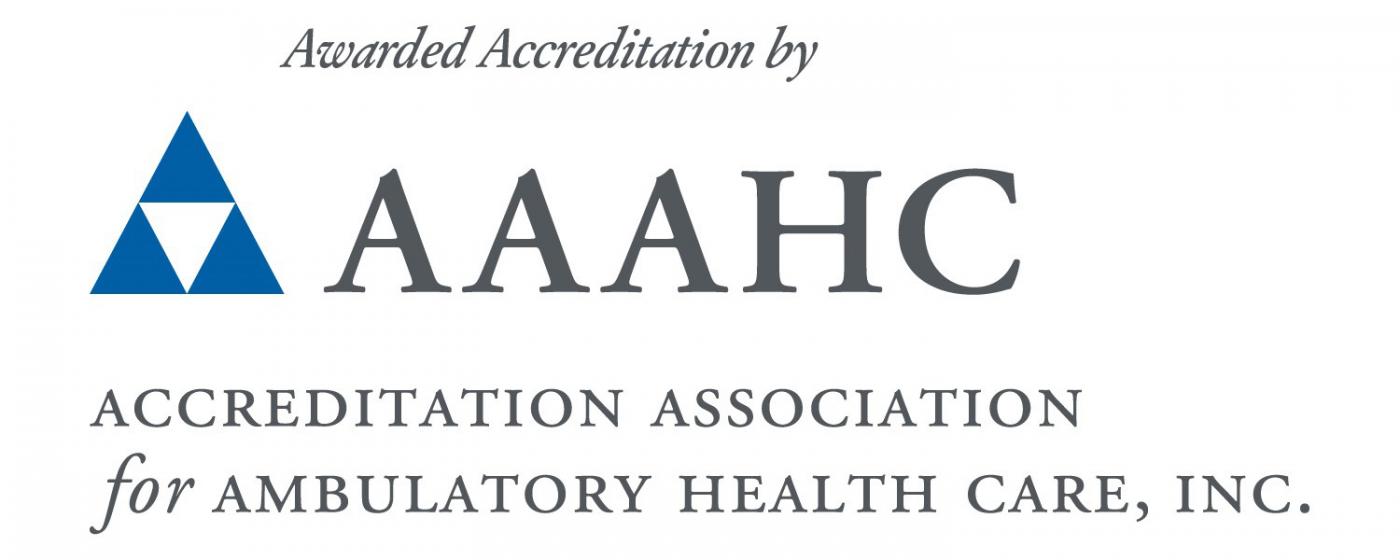STI Testing
How to Prevent Getting an STI
Abstinence (no vaginal, anal, or oral sex) is the only certain way to prevent STIs.
If sexually active, reduce risk by:
- Having sex with one partner.
- Using a latex condom every time, after both partners have been tested for STIs. Condom use is especially important for those with multiple partners or engaging in high-risk behaviors. While condoms reduce the risk of HIV/AIDS and STIs, they don't offer complete protection.
Can Birth Control Prevent STIs?:
No. Birth control methods like pills, injections, patches, implants, or rings prevent pregnancy but do not protect against STIs. Always use a condom for STI prevention.
What to Do if You Suspect an STI:
Visit M.S. Shook Student Health Service, a clinic, or healthcare provider for testing and treatment.
M.S. Shook offers one free gonorrhea and chlamydia test per academic year for students (appointment required unless symptomatic).
Get Yourself Tested (GYT) Clinics
Student Health Services offers routine, confidential STI testing for asymptomatic students. Stay on top of your sexual health with quick and easy testing. Check out the Student Health Services homepage for more information on clinic dates and how to schedule an appointment.
Resources
Learn how you can receive free safer sex supplies through the Condom Fairy program at the Wellness and Prevention Center.
Local health departments and Family Planning clinics also provide confidential STI testing and treatment.
Source: U.S. Department of Human Resources: Office of Public Health and Science (opens in a new tab)



